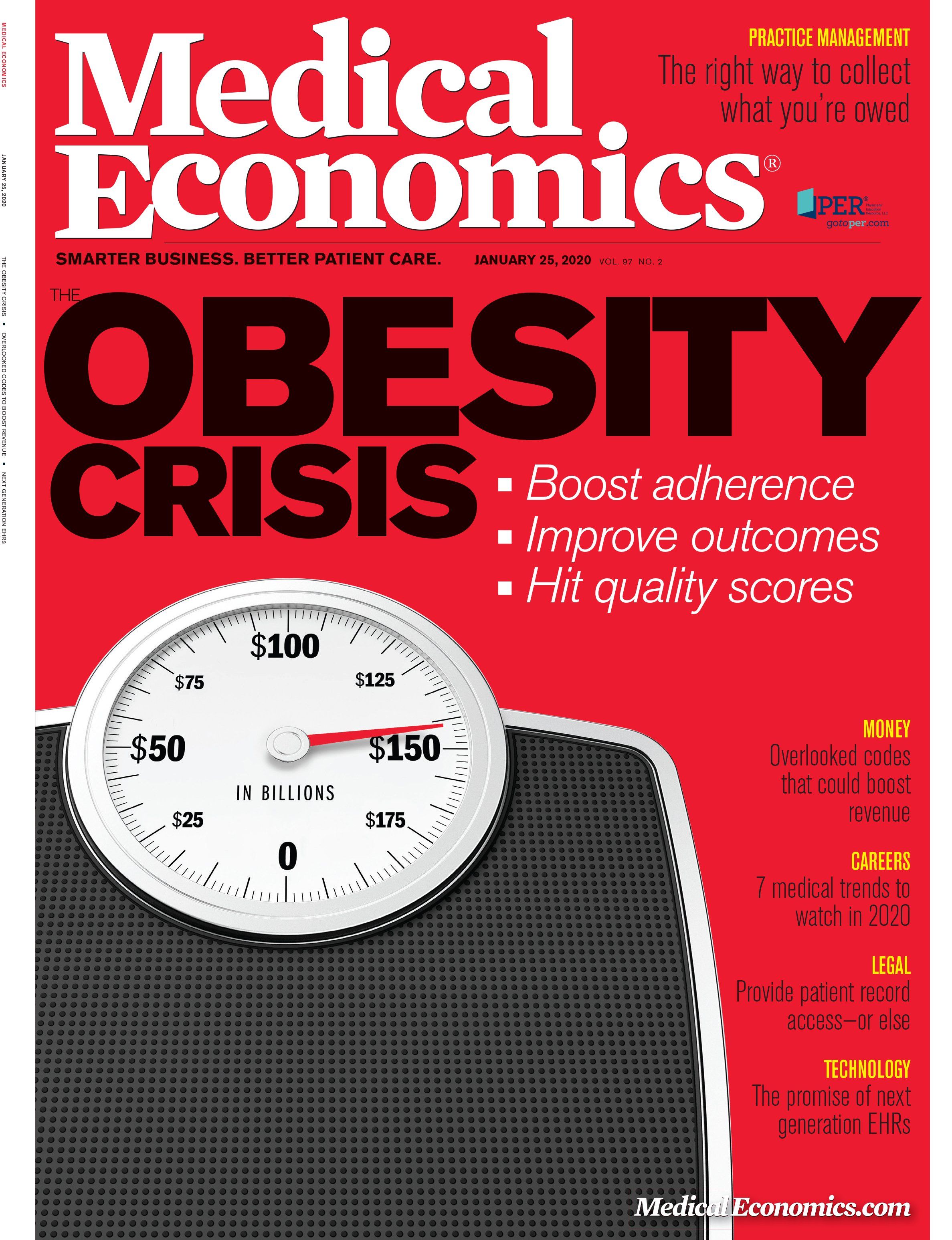Publication
Article
Medical Economics Journal
Talk to your patients about screening versus monitoring diagnostic tests
Author(s):
How to explain to patients that not all tests are part of their physical.

Q: Do you have any suggestions to minimize our biggest patient complaint: getting an unexpected charge when they think all tests performed that day are part of their physical?
A: You are certainly not alone. An unexpected charge for a patient is the top complaint we hear from physician networks, groups and individual offices. Patients who come in for an annual physical exam often expect that all the labs ordered for the visit, or at the visit, will be considered preventive and paid in full by their insurer. Some patients are surprised to later receive a bill for a diagnostic service.
Some tests are considered preventive services, such as a screening colonoscopy or mammogram. However, lab tests ordered to monitor a patient’s existing condition are not considered screenings and instead are billed with the diagnosis code for the condition being monitored, for example hypertension or diabetes.
ICD-10-CM defines a screening as “the testing for disease or disease precursors in seemingly well individuals so that early detection and treatment can be provided for those who test positive for the disease (e.g., screening mammogram).”
Some screenings, such as screening for lipoid disorders, have a specific ICD-10 code. Many of these are found in category Z13, “Encounter for screening for other diseases and disorders.” There are also specific codes for screening for malignant neoplasms in category Z12 and for infectious diseases in category Z11.
Let’s use hyperlipidemia as an example. For a patient with no known history of hyperlipidemia who is being screened for the disease, you would use diagnosis code Z13.220, “Encounter for screening for lipoid disorders.” For a patient already diagnosed with hyperlipidemia who is undergoing a lab test and being monitored or treated, you would use a code from category E78, “Disorders of lipoprotein metabolism and other lipidemias.”
The best way to counter-or at least minimize-a patient complaint in situations such as these is to talk clearly with your patients. A physician recently explained the difference between these types of services with the following analogy:
“When you take your car in for a tune-up (or patient physical), there are certain services that are included each time (the physical itself, anticipatory guidance and orders for screening tests). However, if you also need a nail removed from a tire (or a diagnostic test for known condition), this would be an additional charge.”
Consider this analogy next time you need to speak with your patients about what’s included with an annual exam, and what’s not.






